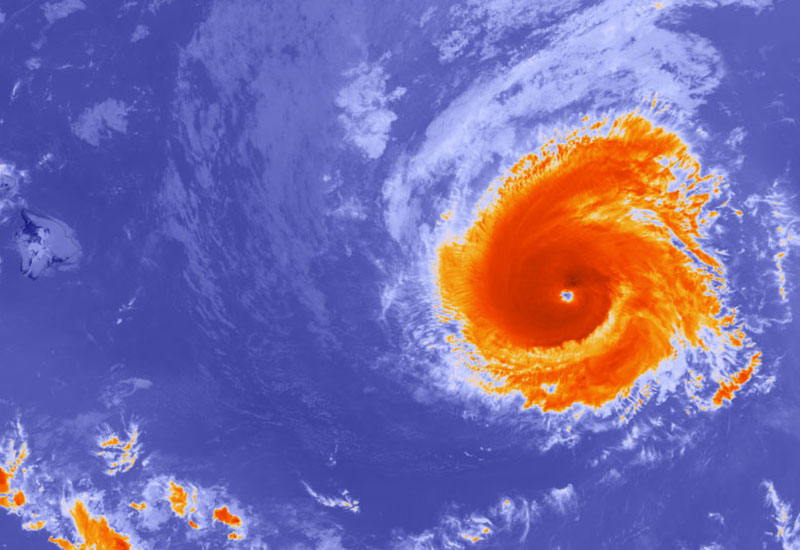It’s very unusual in the North Atlantic basin to see an early spring tropical cyclone form. But on April 20, Tropical Storm Arlene got the 2017 hurricane season going early when it became only the second April tropical storm of record in the satellite era.
Officially, hurricane season runs from June through November. Nature, however, is not bound by the calendar. Historically, once sea-surface temperatures near the 80°F (27°C) mark, it’s game-on.
Arlene evolved from a non-tropical low-pressure system, which subsequently morphed into a subtropical and then a tropical depression. It did not fit the normal model. It was a mid-latitude storm that formed and persisted between Bermuda and the Azores over relatively cold water (68°F/20°C) that normally wouldn’t be expected to support tropical cyclone development. Somehow it did. The storm didn’t last very long and never posed a threat to land, but it produced seas up to an estimated 40' and so was therefore a hazard to shipping. That’s more than anyone in their right mind would ever want to directly experience on most oceangoing tugs. Tropical Storm Arlene was also the earliest storm to form that far north.
So, as the earth’s tilt steadily increases and the sun climbs higher in the sky each day warming the sea-surface temperatures and providing the necessary fuel for tropical cyclone formation, now is the time to consider your personal hurricane plan for the upcoming season that has arrived early.
What’s the primary way that you obtain your weather information and how reliable is it? What’s your back up, and the back up for the back up? What are your sources of information? Having more than one is wise, and carefully cross-check each one of them.
Also, it is vital that you know the limitations of your weather assessment abilities. Do you have a reliably systematic way of monitoring your sources? Do you have a thorough understanding of Buys Ballot’s law (when your back is to the wind the lower barometric pressure is to your left in the northern hemisphere and to the right in the southern hemisphere owing to rotation of the earth)? Do you have an anemometer and does it work? Know these things before you choose to go.




